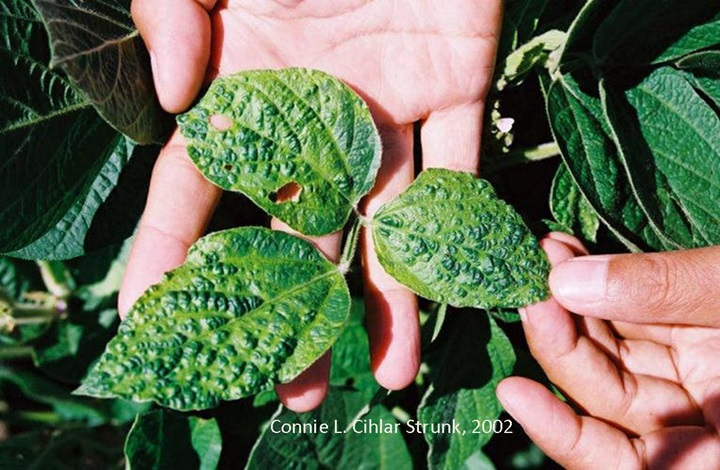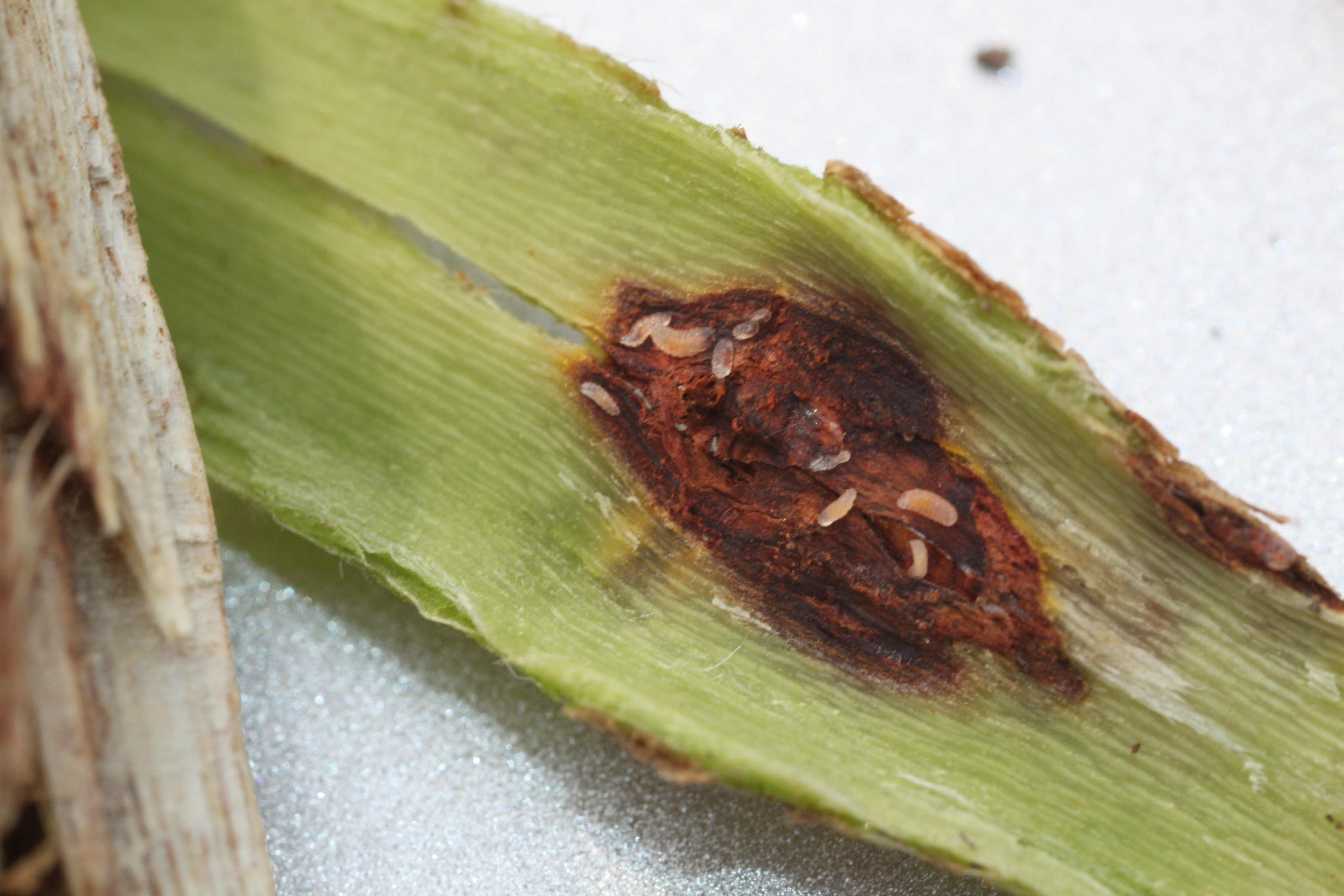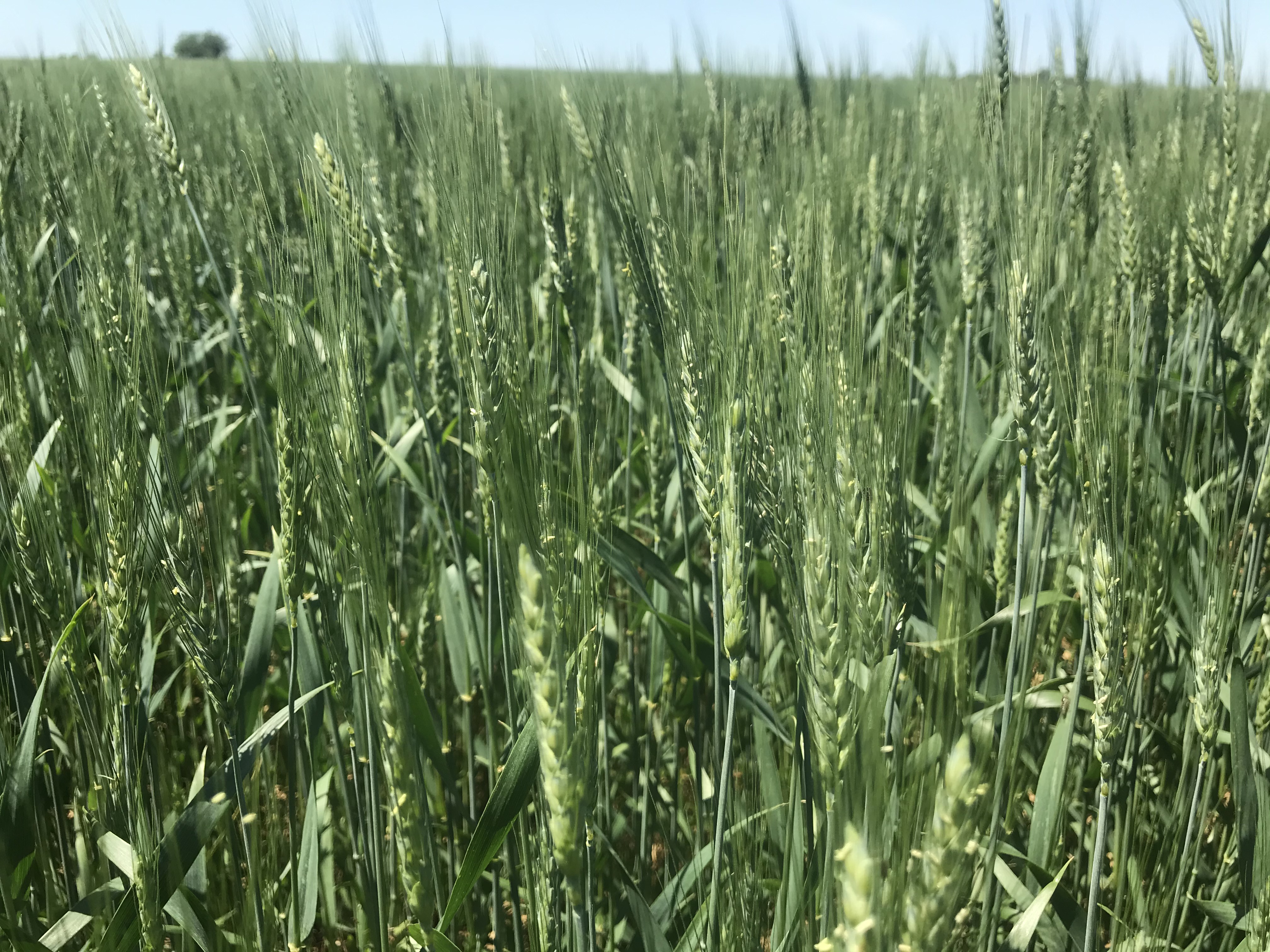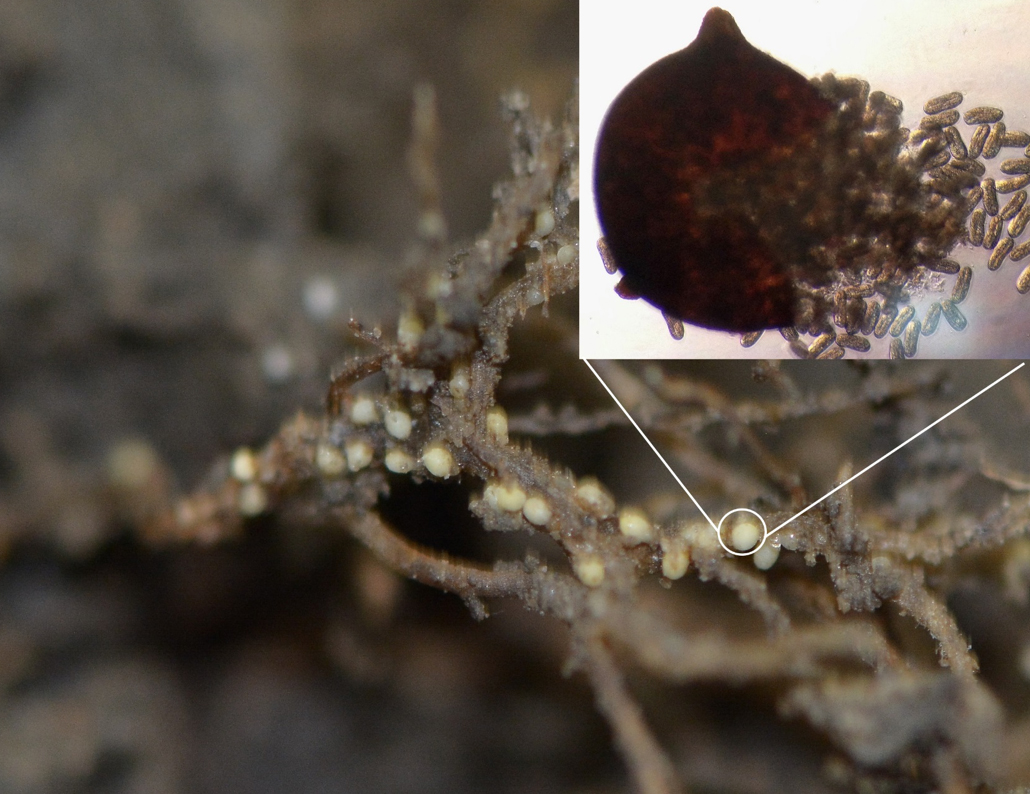Search

Overwintering S.D. Bean Leaf Beetles: 2017 predicted mortality
The overwintering generation of bean leaf beetle adults emerge in the spring and can cause serious defoliation injury to seedling soybean plants. However, the abundance of overwintering bean leaf beetles is negatively affected when the air temperatures get too cold. Therefore, an estimate of the emerging populations can be made based on how cold the winter was.

Product Donations for Food Manufacturers
Interested in donating some of your slightly flawed food products to a food drive? View some food safety tips and donation considerations for food manufacturers in South Dakota.

Farm to (More Than) School
Opportunities for local food procurement go beyond just school lunch! Learn about several child nutrition programs and settings that may accept local foods.

Soybean Pests: Bean Leaf Beetles and Bean Pod Mottle Virus
With the number of bean leaf beetle observations in soybean fields during 2016, the need for monitoring soybean for Bean pod mottle virus (BPMV) development increases. Bean pod mottle virus was first identified in South Dakota in 1998, and is recognized as a very economically important disease in soybean due to the potential for it to cause devastating losses to soybean yields.

SNAP EBT Devices for the Farmers Market or Direct Market Farmer
Interested in offering SNAP EBT as a form of payment at your direct market farm or farmers market? Get started today with this resource that explores how to apply and how to select a payment device that fits your market's needs.

Small red maggots under your soybean plants’ epidermis? We have answers.
In 2015, we received plant samples of soybean that had small red maggots under the epidermis. Now, in 2017, we are starting to receive reports of these same insects being found under the epidermis of soybean in different parts of South Dakota.

What is Farm to School and Early Care and Education?
Farm-to-school enriches the connection communities have with fresh, healthy food and local food producers by changing food purchasing and education practices at schools and early childhood education settings.

Crop Hour
SDSU Extension will deliver a series of virtual Crop Hour webinars starting January 9 through March 7, 2024, every Tuesday, Wednesday and Thursday from 10:00 a.m.-11:00 a.m. CST.

Fall is a Good Time to Test Your Soil for SCN
Is your yield monitor indicating low yielding areas in your soybean field? Soybean Cyst Nematode (SCN) could be the problem. Get to the root of the problem by testing your soil for the soybean cyst nematode. SCN management starts with a soil test to determine the presence or absence of this nematode in the soil. Absence may indicate either the SCN has not established in the field or could be present in non-detectable levels.